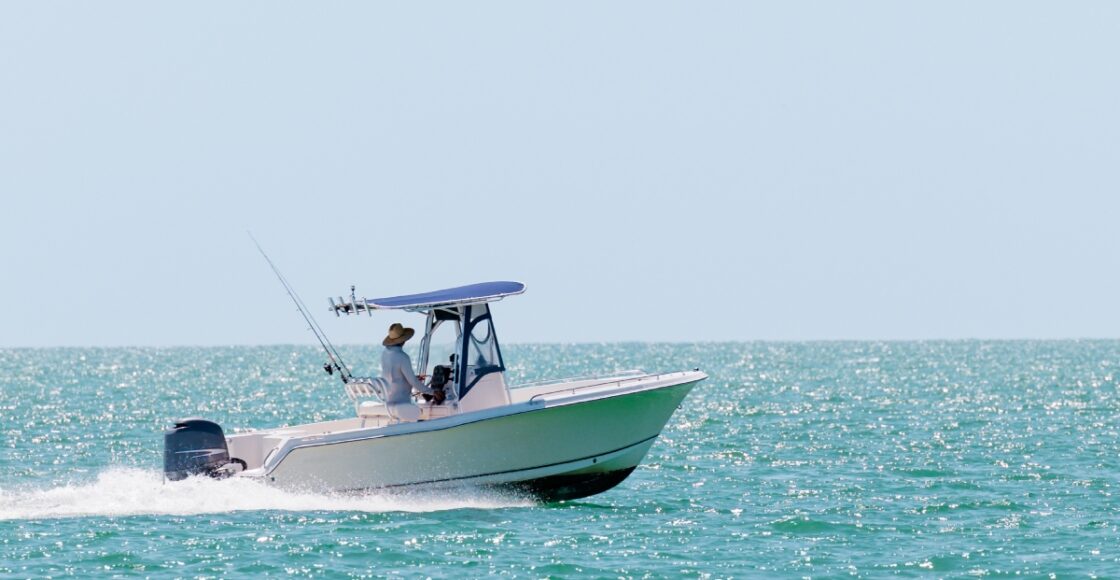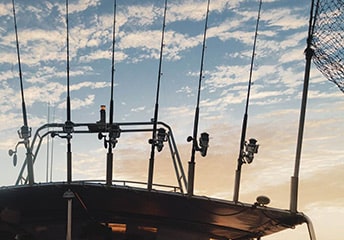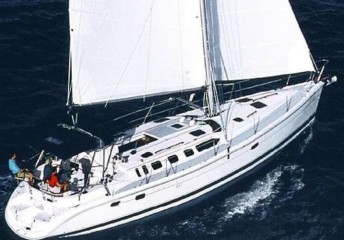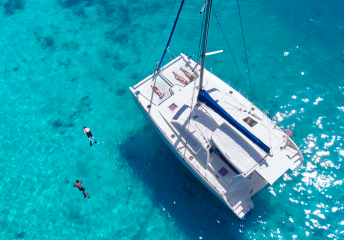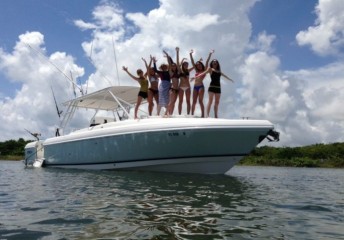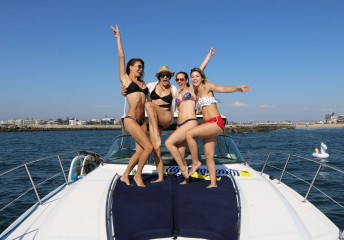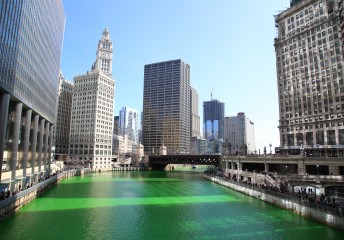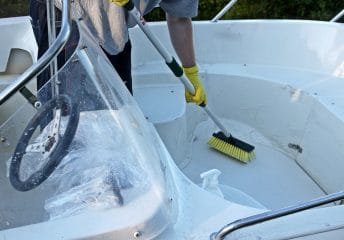Five Tips for Fishing the Florida Gulf Coast
Last Updated on September 13, 2024 by Boatsetter Team
Fishing the Florida Gulf Coast is a great way to spend the day, and if you own a fishing boat or rent a center console you’ll have a shot at everything from snook to snappers. But before planning your trip be sure to get the lowdown on the 5 best fishing destinations along Florida’s Gulf Coast, and commit these five critical fishing tips to memory.
Focus on a Single Species
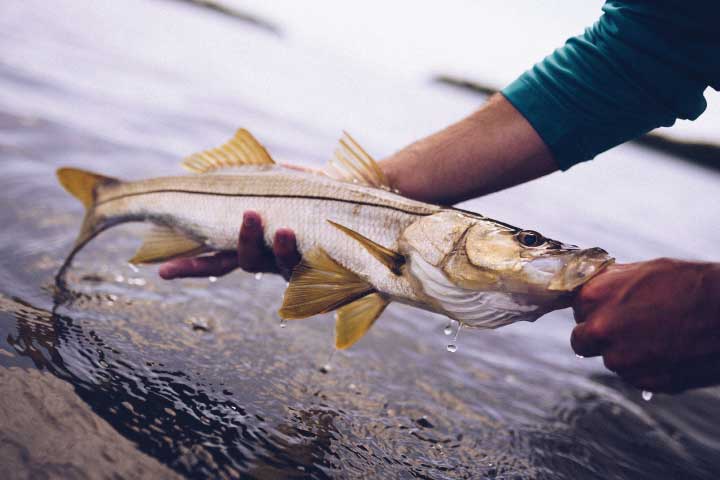
Focus on a single species, and don’t go fishing for “whatever bites.” The individual species found along the Gulf Coast each inhabit a specific niche, and trying to go after all of them at once is a fool’s game. Take speckled sea trout, for example. You’ll find this species throughout the coastal bays and you might luck into one or two at any time, using a multitude of tactics. But if you focus solely on them, locate a weedbed in a few feet of water near a drop-off, and fish a shrimp under a popping cork, you have an excellent chance of catching one after the next. Same goes for species like snook; if you fish for whatever you might catch one or two, but if you focus on snook and snook alone by casting a live mullet under a lighted dock in a strong current at night, your chances of hooking up go through the roof.
Play the tides
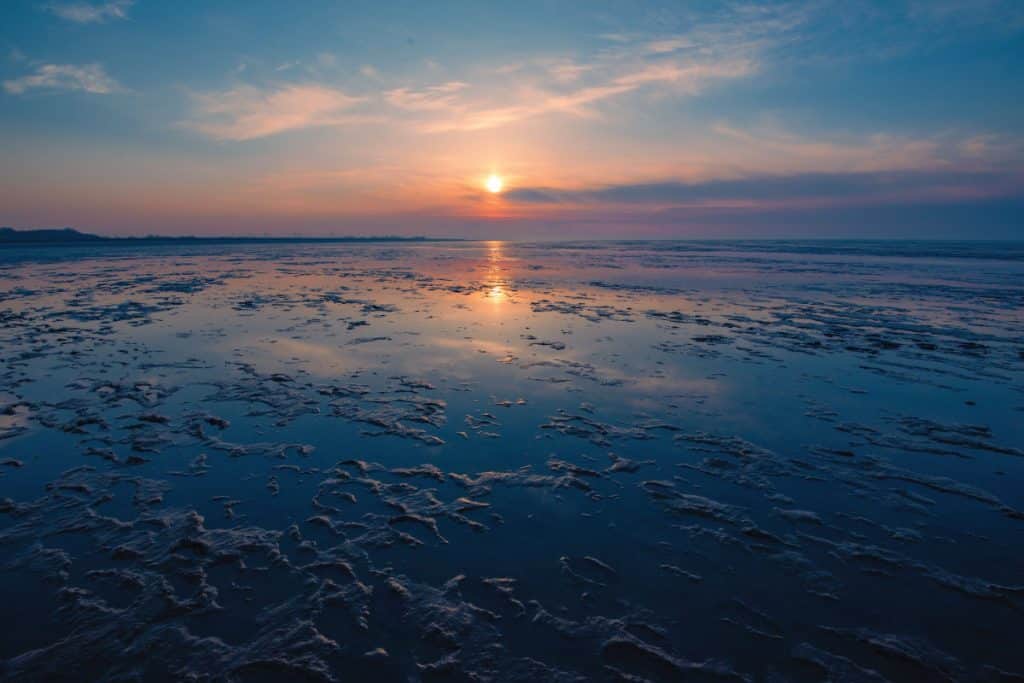
All of the areas along the Gulf Cost are subject to significant tidal swings that will have a huge effect on what’s biting, when, and where. On a dead low tide, for example, fishing the drop-offs near shallows will likely be good while fishing the shallows themselves is likely to be slow. On a high tide the same drop-offs will probably be a poor choice yet the shallows that were deserted on low tide should now be a far better bet. All the different species react to tides a bit differently so it’s hard to make too many generalizations about what to do and when. To know how to fine-tune your tactics you’ll need to do some research specific to the species you plan on chasing. But whatever that species might be, if you ignore the tides completely you may well end up fishing where there aren’t any fish.
Learn how to throw a cast net.
This is no easy task—it takes a lot of practice, and the bigger the net is the more difficult it will be. But throwing a cast net allows you to gather live baits on the spot. And as we all know, live bait trumps dead and/or frozen bait every time. Most people will start with a six- or eight-foot net, and after they’ve mastered throwing it, work up to a 10- or 12-footer. All of these are effective to some degree but in deeper water or when trying to collect larger, faster baits, bigger nets are definitely better. Once you get good at throwing one you’ll be able to fill the livewell with shrimp, pilchards, and more.
Dropping bait
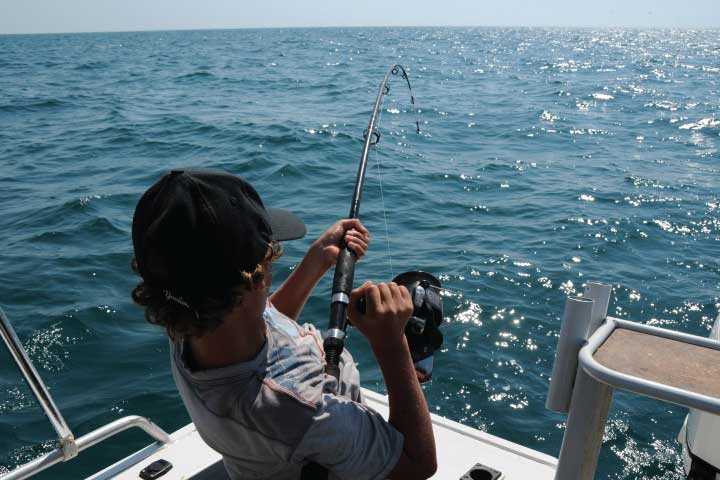
If you plan to drop baits over structure or live bottom, upsize your leader and use fluorocarbon. Corals, barnacles, and oyster shells are tough on fishing line, and will shred light leaders in no time. So even if you’re fishing for relatively small fish that are unlikely to top five or six pounds, like mangrove snapper, 30- or even 40-pound test might be in order. And while most anglers use fluorocarbon leader for its unbeatably low visibility, this stuff is also incredibly abrasion resistant. Whenever you’re fishing in snaggy, craggy areas using it will be a smart move.
Match your lure color to watercolor
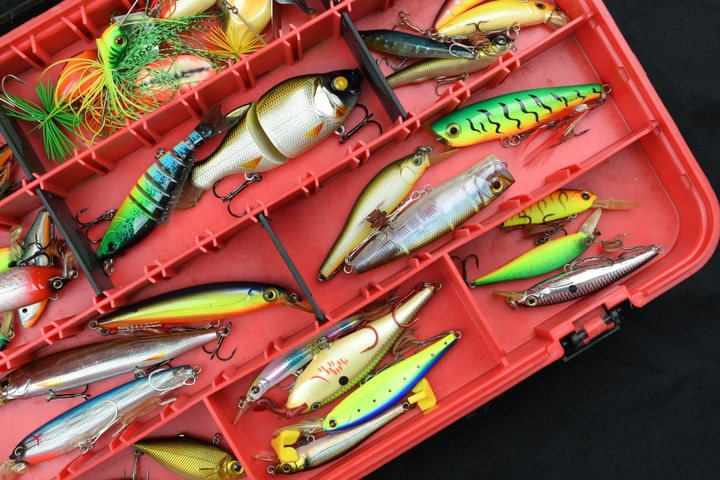
Anglers who fish artificials usually have a slew of different colors and patterns in the tacklebox, which is good. But most people simply take a guess as to which to use at any given time, which is bad. While it’s true that predicting what color or pattern the fish will react to at any given time with 100-percent accuracy is impossible, as a general rule of thumb matching the lure color with water color produces good results. In gin clear water silver and white tend to be top producers, in greenish water chartreuse is generally a great pick, and so on. You’ll encounter all sorts of conditions ranging from crystal clear water to muddy-colored water along the Gulf Coast, so come prepared for all of the above and choose colors wisely.
Okay: are you ready to head for the Florida Gulf Coast and enjoy a fun day of fishing? Depending on which venue you’re heading for, you may also want to check out:
- Destin, FL Fishing Guide
- Fishing in Clearwater, FL Guide
- Fishing in Islamorada Guide
- Fishing in Naples, FL Guide
- Fishing in St. Petersburg, FL Guide
- Fort Meyers Fishing Guide
About us
Boatsetter is the leading online marketplace for boat rentals and on-water experiences. Download the Boatsetter app (App Store | Google Play) and follow us on Instagram.
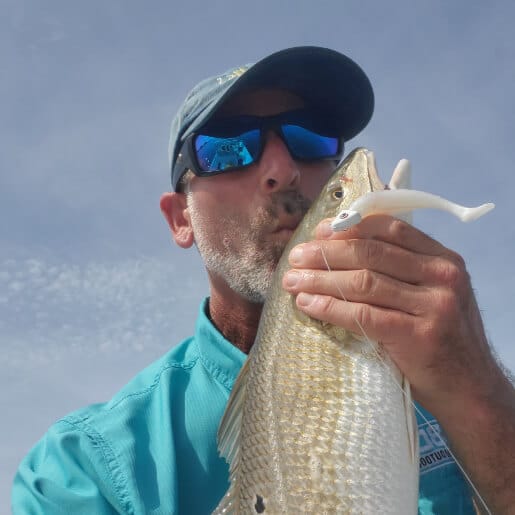
With over three decades of experience in marine journalism, Lenny Rudow has contributed to dozens of boating and fishing publications and websites ranging from BoatU.S. Magazine to BDOutdoors.com. Rudow is currently the Angler in Chief at Rudow’s FishTalk, he is a past president of Boating Writers International (BWI), a graduate of the Westlawn School of Yacht Design, and has won numerous BWI and OWAA writing awards.
